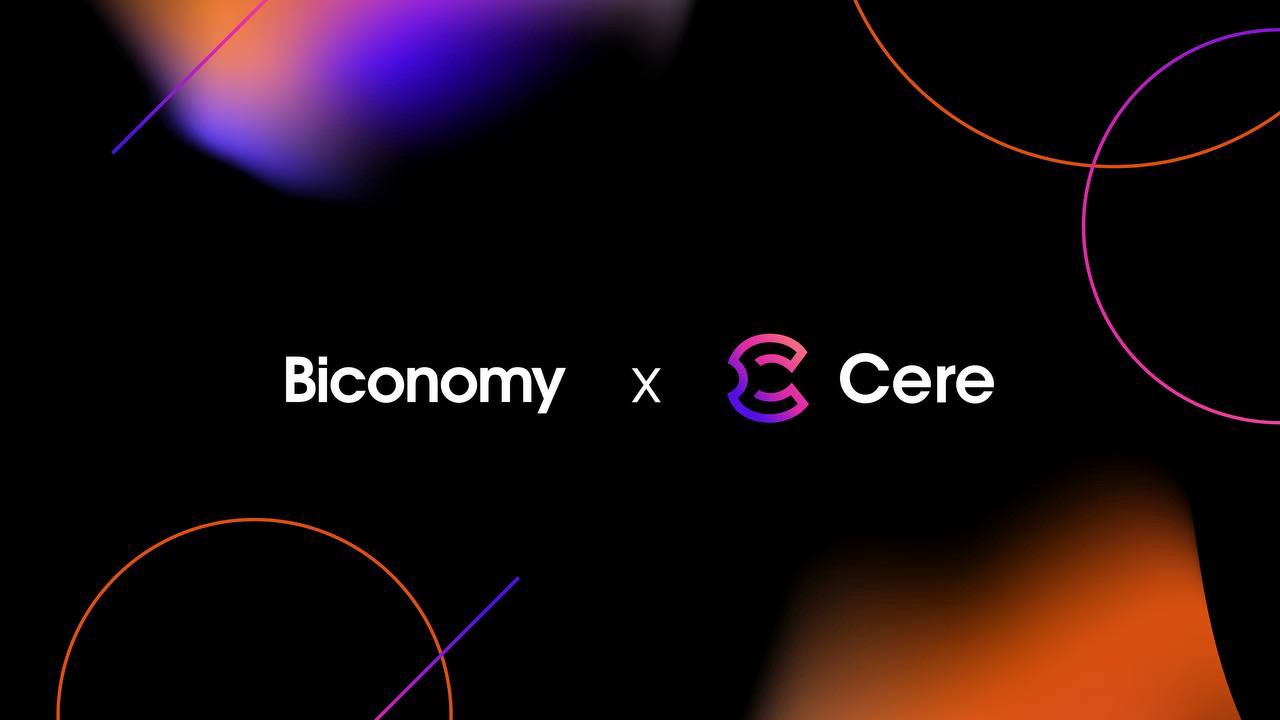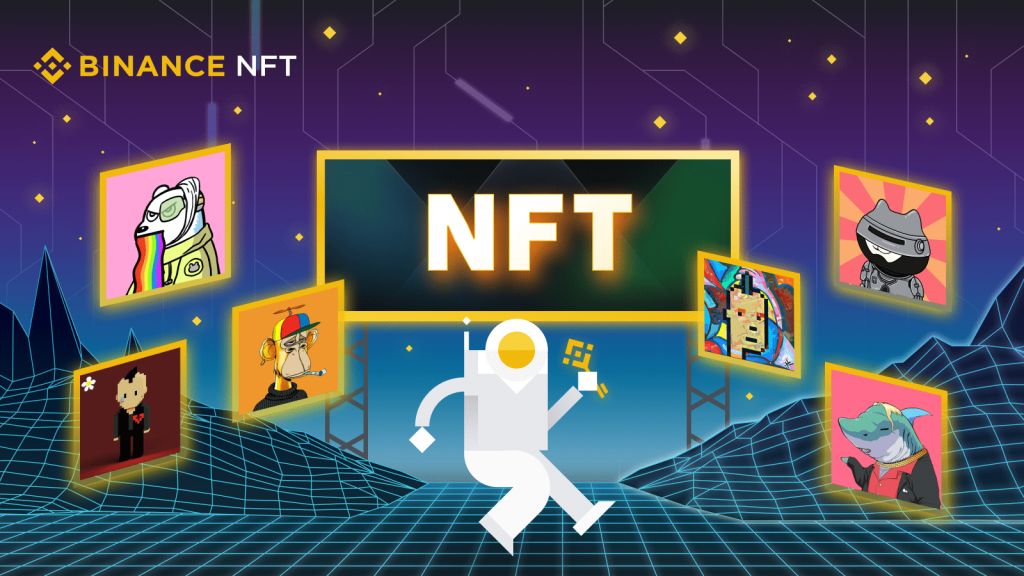Cere Network, the first decentralized data cloud (DDC), has successfully partnered with tech firm Biconomy to facilitate users from both networks with more streamlined and cheaper transactions.
In an April 13 announcement, Cere confirmed the successful integration with Biconomy to make blockchain transactions for both networks more streamlined and cheaper. The new integration will also allow zero-balance accounts to facilitate transactions without a third party covering transaction fees.
Launched in 2019, Cere Network is a non-custodial, gas-efficient, and multi-chain relayer infrastructure network. Cere is renowned for creating its blockchain network with substrate components, making it interoperable with notable chains such as Polkadot, Ethereum, and Polygon. Cere blockchain also allows cross-chain NFTs and data transfers, among other capabilities.

The protocol also allows more secure first-party transactions in the cloud using its blockchain to validate nodes and encrypt data onboard and segment individual consumer data. The encrypted data is then automated into a highly customizable virtual dataset directly in real-time through business units, partners, and machine-learning processes.
The new integration on Cere Da Vinci marks a milestone for Cere mainnet to transform its beta phase network into a full mainnet. According to the schedule, the protocol will officially launch its mainnet in May 2022.
The new integration will also benefit many decentralized applications (DApps) on the highly anticipated Cere Mainnet. According to the announcement, DApps will enjoy improved accessibility through the Biconomy relayer infrastructure protocol and more secure utilities adopted from Cere Network’s DDC.
Data stored on Cere protocol, including value transfer files, are individually signed, encrypted, and stored in a tamper-proof and time-capsuled data scheme.
On the other hand, Biconomy builders and users will also benefit from the new partnership, receiving improved infrastructure security from Cere alongside other incentives for building on Cere.
The two partners share the mutual goal of ensuring decentralized applications in the Web3 ecosystem become easier to adopt. Biconomy will add services, including Mexa, Forward, and Hyphen, into the highly anticipated Cere Mainnet. The integration will reduce the traditional costliness and complexity of transaction fees.
While commenting about the new successful integration with Biconomy, Kenzi Wang, the co-founder of Cere Network, said:
“We look forward to integrating Biconomy in the Cere Ecosystem as we approach the next major milestone of our 2022 roadmap. Competitive fees are essential for achieving adoption, and we look forward to seeing how this partnership and integration will further improve the functionalities of the Cere Decentralized Data Cloud.”
Aniket Jinda, the founder of Biconomy, added:
“To make decentralization truly accessible, transactions need to be both seamless and secure. Our partnership with Cere Network is an important milestone in our development of a multi-chain ecosystem.”
Cere Network
Founded in 2019, Cere Network was the first company to start offering cloud data infrastructure solutions across many blockchains on its Decentralized Data Cloud platform. The protocol provides enhanced security to digital asset projects, including the NFTs, Metaverse, gaming, and emerging collectibles. Notable institutions such as Binance Labs, Republic Labs, and Polygon now endorse Cere.
Biconomy Overview
Biconomy is a multi-chain relayer infrastructure firm that provides plug-n-play APIs services to make Web3.0 user-friendly and frictionless. The company envisioned making the decentralized web accessible to everyone.
Biconomy believes that there is a gap in crypto adoption for onboarding the next billion crypto users. According to Biconomy, APIs and SDK revolutionize DApps to become usable for anyone regardless of their crypto knowledge or experience.
The platform currently processes almost 50K daily transactions from over 100 DApp to ensure all benefits of Web3 come with the intuitiveness of Web2.0.





